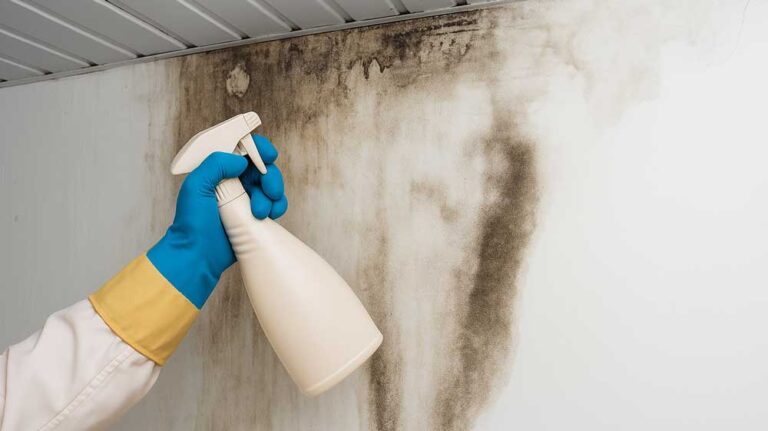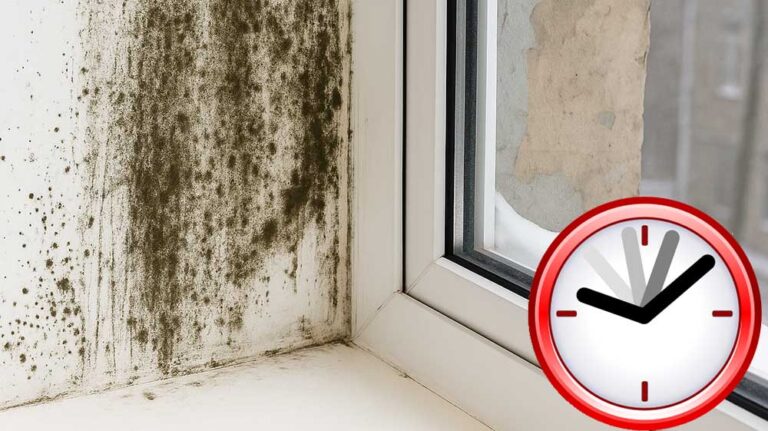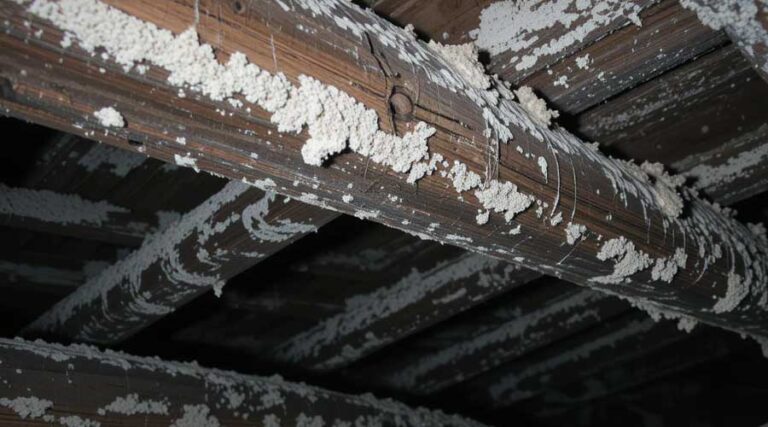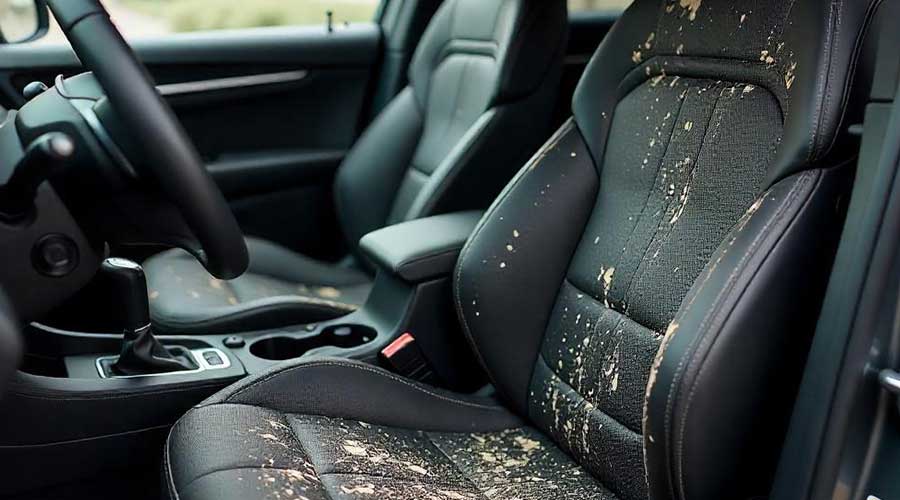
If you’ve ever opened your car door only to be hit by a musty smell—or worse, spotted fuzzy patches on your seats or dashboard—you’re likely dealing with mold. It’s not just unsightly; mold in your car can pose serious health risks and lower your vehicle’s resale value.
But do you really need a professional? Or are there tools you can use to tackle it yourself?
In this guide, we’ll break down:
- The dangers of car mold
- When to call a local service near you
- What to expect from a professional car mold removal
- The best DIY tools and steps to try on your own
Why You Should Take Car Mold Seriously
Mold spores thrive in damp, dark environments—exactly like your car’s carpet, upholstery, or air vents after a leak or humid weather.
Common causes include:
- Leaky windows or sunroofs
- Flood damage
- Leaving your car unused for too long
- Wet clothes or towels forgotten in the car
Health risks include allergies, respiratory problems, and skin irritation, especially for kids or people with asthma.
When to Search for “Car Mold Removal Near Me”
You should call a professional mold removal service near you if:
- The mold has spread extensively (dashboard, ceiling, seats, carpets)
- You smell mold but can’t locate it
- Your air conditioning smells musty or triggers allergies
- You’ve tried DIY methods and the mold keeps coming back
What to Expect From a Local Service:
- Full interior deep clean with antimicrobial treatments
- Ozone treatment or fogging to kill spores
- Air vent and HVAC cleaning
- Moisture detection and leak repair (if necessary)
- Cost: $75–$300, depending on severity and location
Pro Tip: Search for mold removal specialists who also offer detailing. Ask if they offer same-day service and a mold guarantee.
Prefer DIY? Here Are the Tools You’ll Need
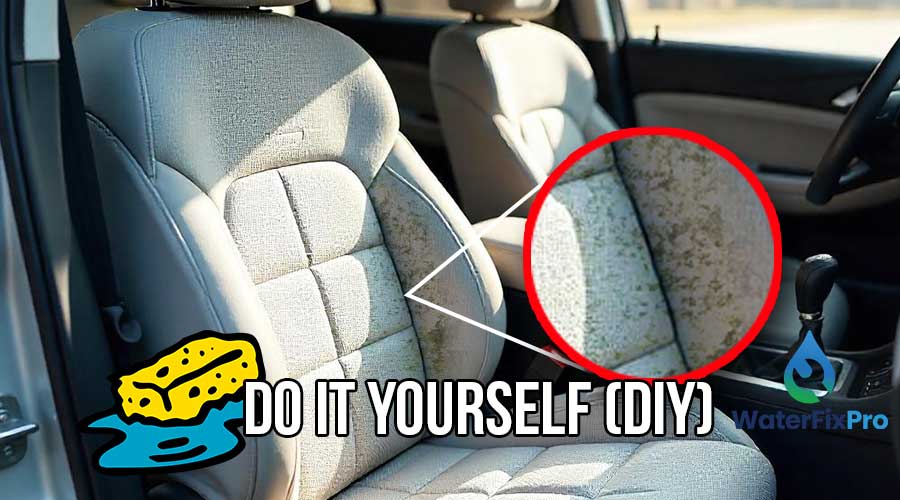
If the mold is small and isolated, you might be able to handle it yourself.
Must-Have Mold Removal Tools:
| Tool | Purpose |
|---|---|
| White Vinegar or Mold Spray (Concrobium, RMR-86) | Kills mold on contact |
| Scrub Brush & Microfiber Towels | Loosens mold and wipes surfaces |
| Steam Cleaner or Wet/Dry Vac | Deep cleans carpets and seats |
| Ozone Generator or Fogger | Kills airborne mold spores |
| Fan or Dehumidifier | Helps dry out the car completely |
DIY Steps:
- Open all doors and windows (ventilation is key).
- Spray affected areas with vinegar or mold solution—let it sit for 10 minutes.
- Scrub the area thoroughly with a soft brush or cloth.
- Use a wet/dry vacuum or steam cleaner for deep cleaning.
- Run an ozone generator in the car (closed) for 2–4 hours.
- Let the car air out and dry fully.
Safety Note: Always wear gloves and a mask when dealing with mold.
Finding the Right Car Mold Removal Service Near You
When searching “car mold removal near me,” include your city or zip code for more accurate results. For example:
- “car mold removal service in Nairobi”
- “auto mold specialist near 30301”
- “car detailing mold removal Mombasa”
Also, look for:
- ⭐ Google Reviews & Ratings
- ✅ Certifications or guarantees
- 📞 Easy booking process
Final Thoughts
Whether you DIY or hire a pro, the key is acting fast. Mold doesn’t just go away—it spreads and becomes harder to treat over time.
If you’ve got a small patch and the right tools, go ahead and try the steps above. But for large outbreaks or persistent smells, it’s smarter (and safer) to book a car mold removal specialist near you.
Frequently Asked Questions (FAQ)
How much does professional car mold removal cost?
Typically $75–$300 depending on the damage and location.
Can mold damage my car permanently?
If untreated, yes. Mold can eat into fabric, padding, and even the HVAC system.
Is vinegar enough to remove car mold?
For small patches, yes—but it doesn’t kill all spores like a fogger or ozone treatment might.


